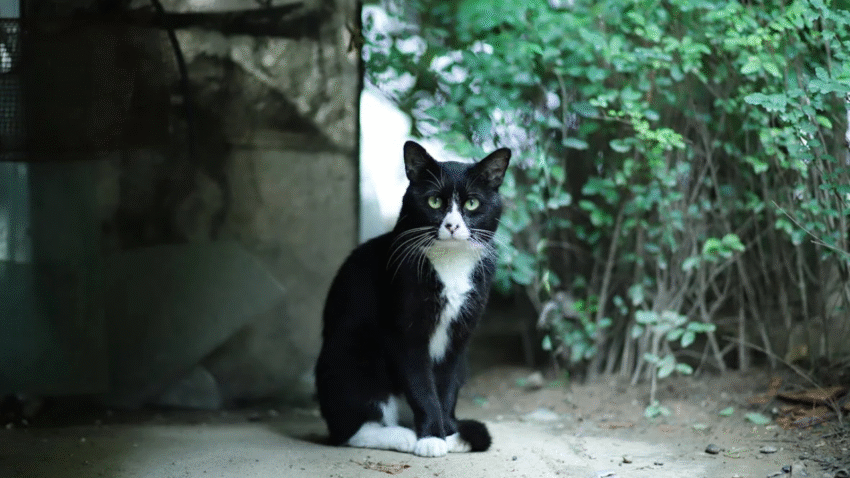Introduction
Noticing flaky white specks in your cat’s fur? You might be dealing with feline dandruff. In this step-by-step guide, you’ll learn how to prevent dandruff in your cat through grooming, diet, hydration, and home care tips. Healthy skin means a healthier, happier cat—and this guide will show you how to achieve that.
Why Preventing Dandruff Matters for Cats
Dandruff isn’t just a cosmetic issue—it can be a sign of deeper problems such as poor grooming habits, dry skin, dehydration, allergies, or even medical conditions. Regular attention to your cat’s skin and coat helps:
- Reduce discomfort and itching
- Prevent skin infections and irritation
- Spot underlying health issues early
- Improve the look and feel of their coat
Whether your cat is indoor, outdoor, short-haired, or long-haired, maintaining healthy skin is a vital part of their overall well-being.
Step-by-Step Guide to Preventing Dandruff in Cats
Step 1: Brush Your Cat Regularly
- Daily brushing helps distribute natural oils across the skin, which keeps it moisturized and prevents flakes.
- Use a soft-bristle brush for short-haired cats and a slicker or deshedding brush for long-haired breeds.
- Brushing also helps remove dirt, dander, and loose fur before it causes matting or clogs pores.
Step 2: Provide Proper Hydration
- Dehydration is a leading cause of dry, flaky skin in cats.
- Make sure your cat always has access to clean, fresh water.
- Encourage hydration with cat water fountains, which many cats prefer over stagnant bowls.
Step 3: Improve Their Diet
- A poor diet can lead to skin dryness and excess dandruff.
- Feed a high-quality, balanced diet rich in omega-3 and omega-6 fatty acids.
- Ask your vet if supplements like fish oil or a prescription skin support diet is right for your cat.
Step 4: Control Indoor Environment
- Dry air from heating or air conditioning can dry out your cat’s skin.
- Use a humidifier, especially in winter, to maintain indoor humidity around 30–50%.
- Keep your cat’s bedding and favorite areas clean and free of dust, which can irritate their skin.
Step 5: Bathe Only When Necessary
- Overbathing can strip natural oils from your cat’s skin.
- If your vet recommends bathing, use a moisturizing, cat-specific shampoo—never human products.
- Follow up with a hydrating leave-in spray or conditioner if your cat is prone to dryness.
Step 6: Monitor for Underlying Health Issues
- Dandruff can be a symptom of parasites (like mites), allergies, fungal infections, or more serious conditions such as hyperthyroidism or diabetes.
- If dandruff persists despite lifestyle changes, schedule a vet visit to rule out medical concerns.
Common Mistakes to Avoid
1. Ignoring Mild Flaking
What starts as minor flakes can quickly become itchy, uncomfortable skin or a sign of something more serious. Always address dandruff early.
2. Using the Wrong Shampoo
Human shampoos or dog shampoos are too harsh for cats and can worsen skin dryness. Always use a vet-recommended cat formula.
3. Skipping Grooming
Even short-haired cats benefit from brushing. Infrequent grooming leads to excess dander and clogged hair follicles.
4. Over-supplementing Without Vet Advice
Too many omega supplements or the wrong kind can upset your cat’s stomach or cause imbalances. Always talk to your vet before changing their diet.
5. Assuming It’s Just Dry Skin
Persistent dandruff may indicate allergies, infections, or even stress. Don’t wait too long to investigate further if home care doesn’t help.
Extra Tips & Recommendations
Tip 1: Try Coconut Oil
In small amounts, coconut oil (approved by your vet) can be rubbed gently onto dry patches or added sparingly to your cat’s food to support skin health. It has anti-inflammatory and moisturizing properties.
Tip 2: Use a Grooming Wipe
Cat-friendly grooming wipes can help clean the fur and reduce flakes between brushes. They’re especially useful for cats who don’t tolerate full baths.
Tip 3: Maintain a Clean Litter Area
Sometimes, dandruff worsens if your cat lies in dusty or dirty spots. Clean their litter box and bedding area regularly to avoid exposure to irritants.
Conclusion
Preventing dandruff in your cat is all about balance: good grooming, a healthy diet, proper hydration, and a comfortable living environment. Stay consistent with these simple routines and watch your cat’s skin and coat become healthier over time. If issues persist, a vet checkup will help uncover any hidden problems so you can keep your feline flake-free and feeling fantastic.
